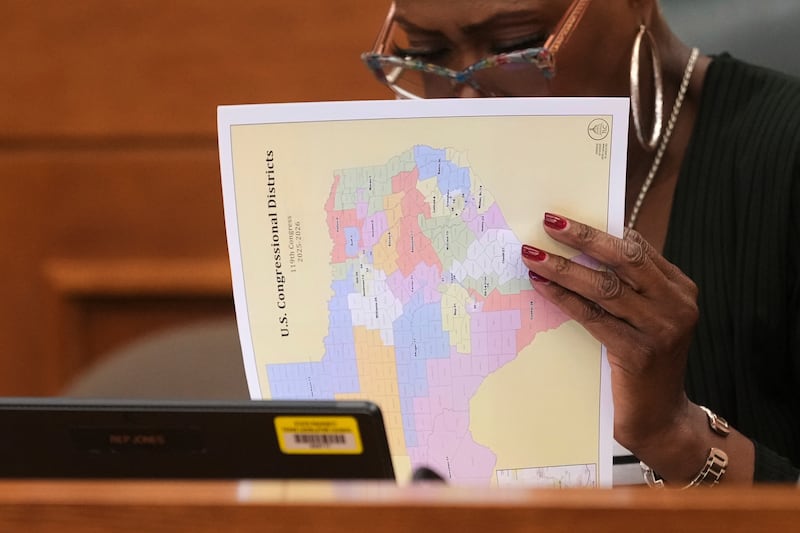President Trump recently proposed redrawing Texas congressional maps to flip five House seats in favor of the Republican party. The Texas Legislature is currently holding a special session to explore the idea. The timing is unusual because redistricting typically happens once a decade following the census.
After President Trump’s Texas plan became public, California Governor Gavin Newsom announced he was considering redrawing maps to favor Democrats, saying, “We can act holier than thou. We can sit on the sidelines, talk about the way the world should be. Or we can recognize the existential nature that is this moment.”
It’s tempting logic. If one side cheats, the other feels forced to cheat just to keep up. Fairness can follow once the imbalance is corrected. But that approach comes at a cost. To protect democracy, we must fight for a fair process.
Breaking those checks — even to restore balance — can lead to escalation. We’ve seen this before with the Senate filibuster. In 2013, Democrats eliminated it for President Obama’s nominees. Then in 2017, Republicans took it further and ended it for Supreme Court nominees to confirm Neil Gorsuch. Now, that same rule change is helping Trump fill the federal bench without needing a single Democratic vote. What started as a short-term strategy to bypass obstruction ended up giving the other side more unchecked power. Redistricting could follow the same path.
A redistricting arms race is unfolding. Each side uses the other’s violation to justify their own. The more checks are weakened, the harder it becomes to claim moral high ground. California Assemblymember Alex Lee said of Newsom’s plan, “Trying to save democracy by destroying democracy is dangerous and foolish.” You cannot have both.
What should we do when one side keeps redrawing maps to lock in power and the courts say partisan gerrymandering is allowed? If fighting fire with fire isn’t the answer, then what?
In Utah, we fought for fairness through institutions rather than through escalation. In 2018, Utah voters passed Proposition 4 to create an independent redistricting commission — a policy four other states have adopted to guard against partisan influence in the map-drawing process. However, after the 2020 census, our Republican-led state legislature disregarded the commission’s recommendations and adopted a congressional map that split Salt Lake City into all four congressional districts. That process is now the subject of ongoing litigation, with the Utah Supreme Court ruling in 2024 that voter-approved reforms cannot be easily overturned and are subject to strict scrutiny.
Courts are not perfect. They move slowly, and even when they strike down a bad map, the damage may be done. Once a candidate wins a gerrymandered seat, they carry the advantages into the next cycle — name recognition, fundraising networks and institutional support. That is the reality of the incumbent effect, and it is one of the biggest challenges to fixing this through legal means alone. Still, court challenges matter. They create a public record, force transparency and sometimes stop the worst abuses before they take hold. While not a cure-all, they remain among the few tools that still work.
State-level reforms are another path forward. Independent redistricting commissions have shown that fairness is possible when partisan interests are removed from the map-drawing process. Even in Utah, where the Legislature ignored the commission’s recommendations, the courts stepped in and have given voters a real shot at fair representation.
It’s important to stay active in districts that look out of reach. Gerrymandered maps discourage competition. In a closely divided Congress, flipping just one or two seats can shift the balance.
The urge to redraw maps in blue states to create competition is a shortcut with no off-ramp. If both sides break the rules, there are no rules, and voters lose trust. The entire process becomes a contest of “who can rig it better?”
To protect democracy, our focus cannot be on what helps one side today. The fight must be for a process that holds regardless of who is in power. Calling out abuse when it happens, showing people what’s at stake, and reminding them that none of this is inevitable. Otherwise, we’re just dressing up the same power grabs under a different name, and people will see right through it.

